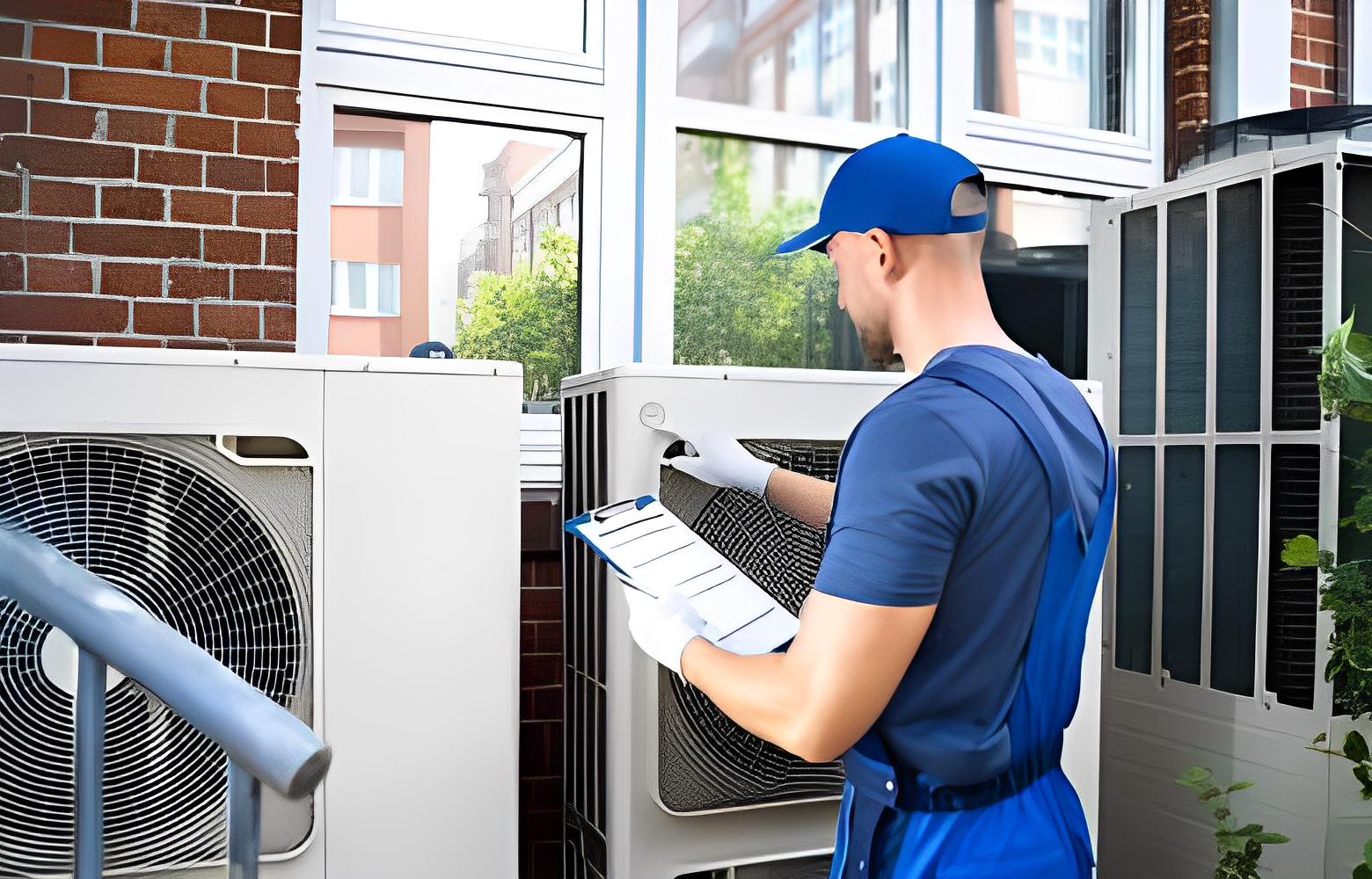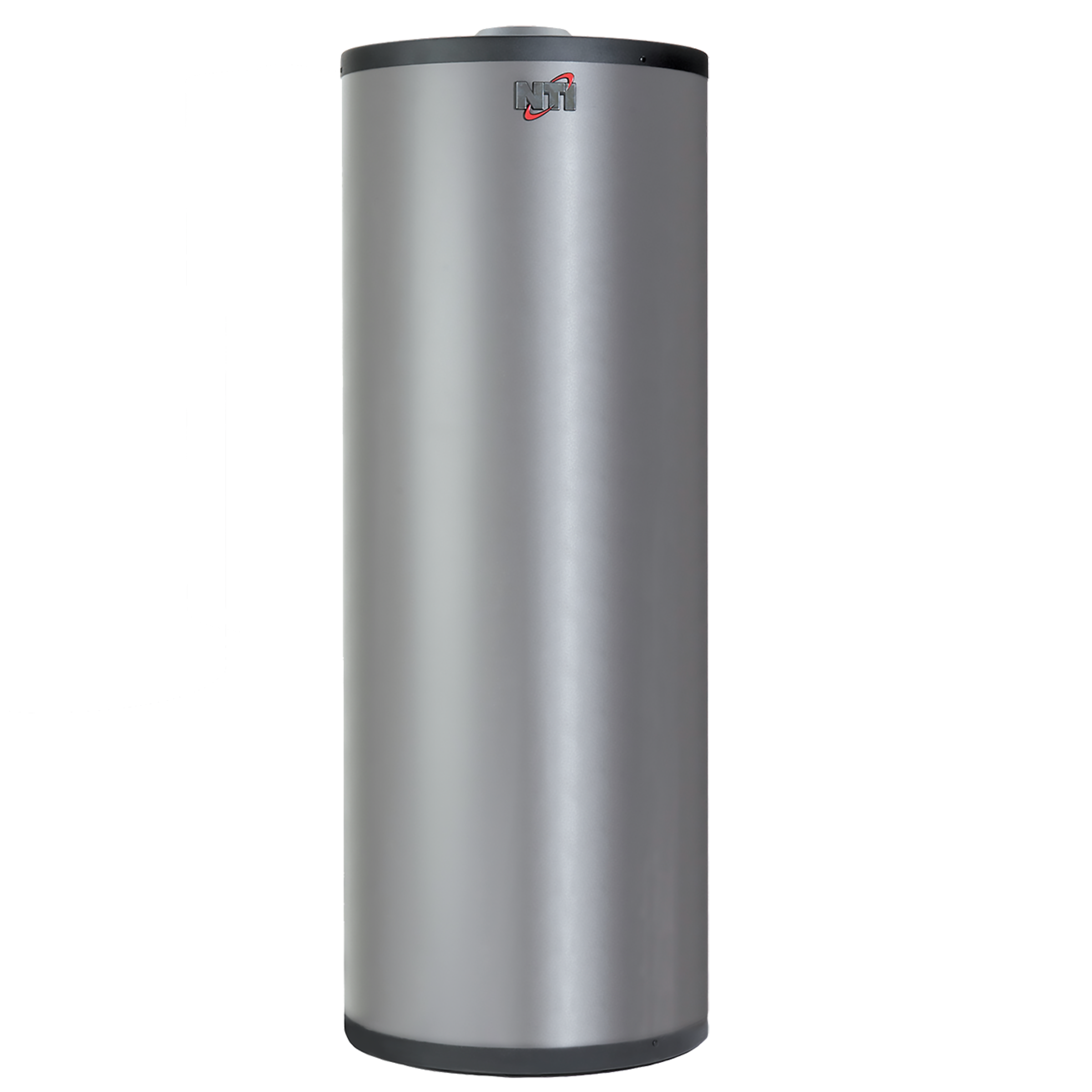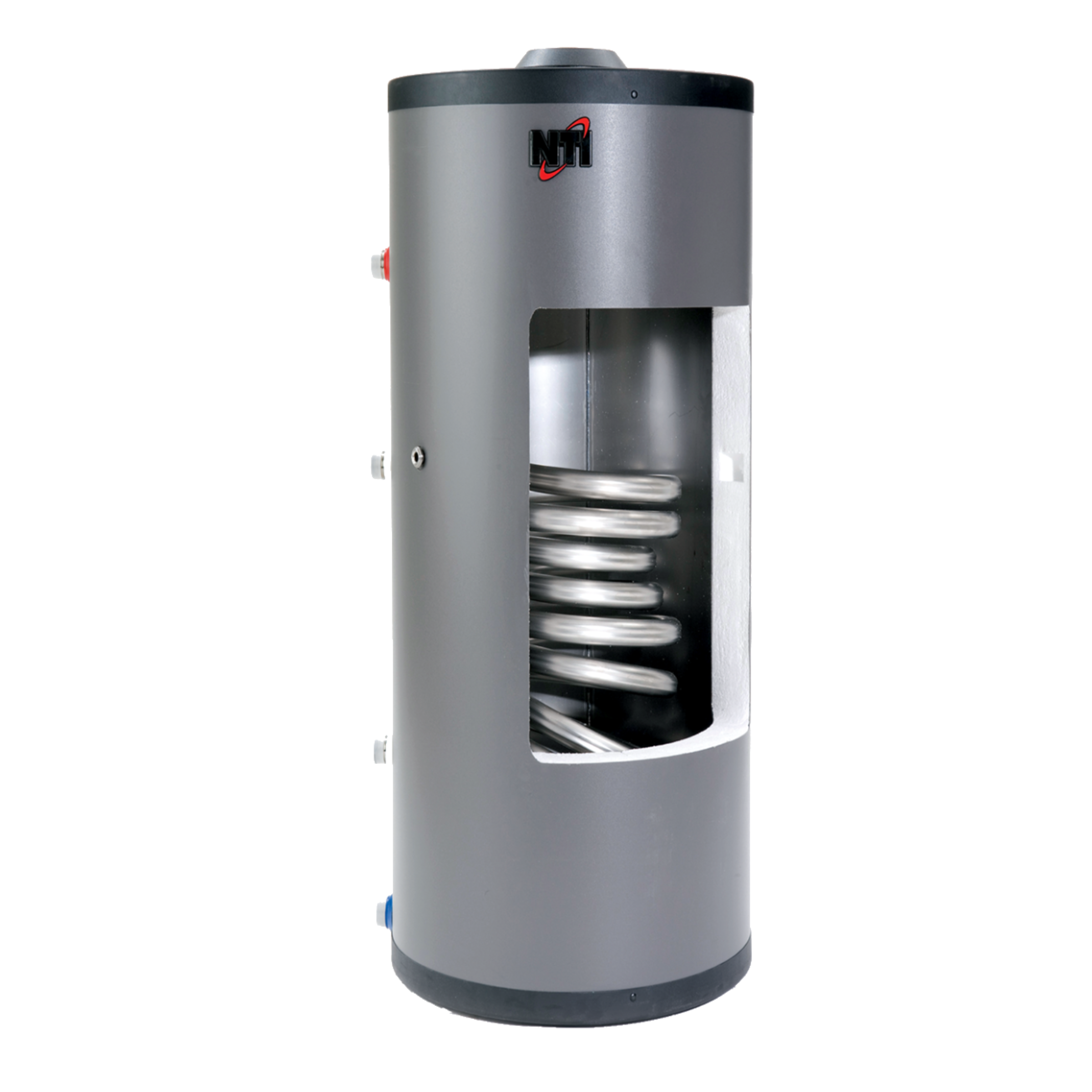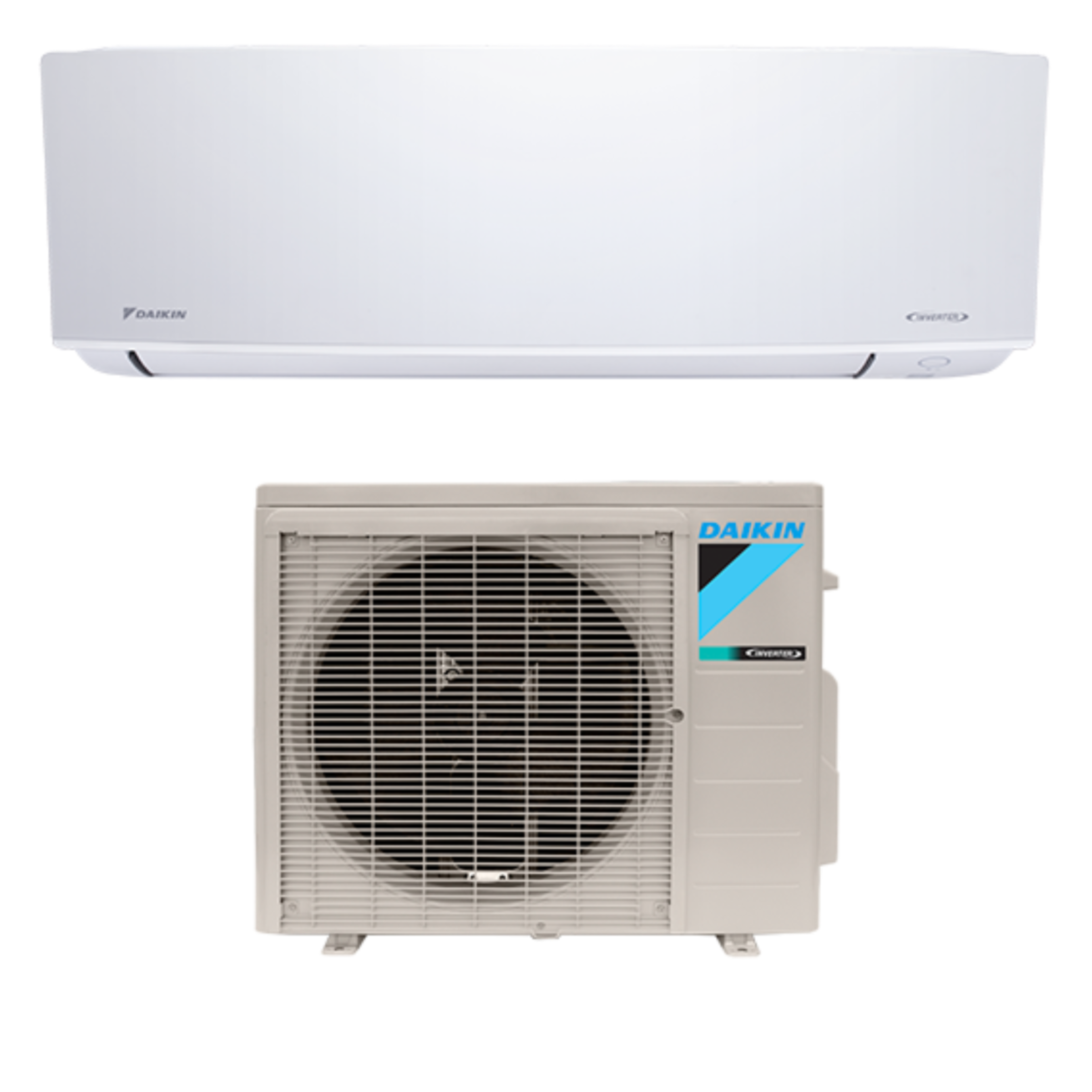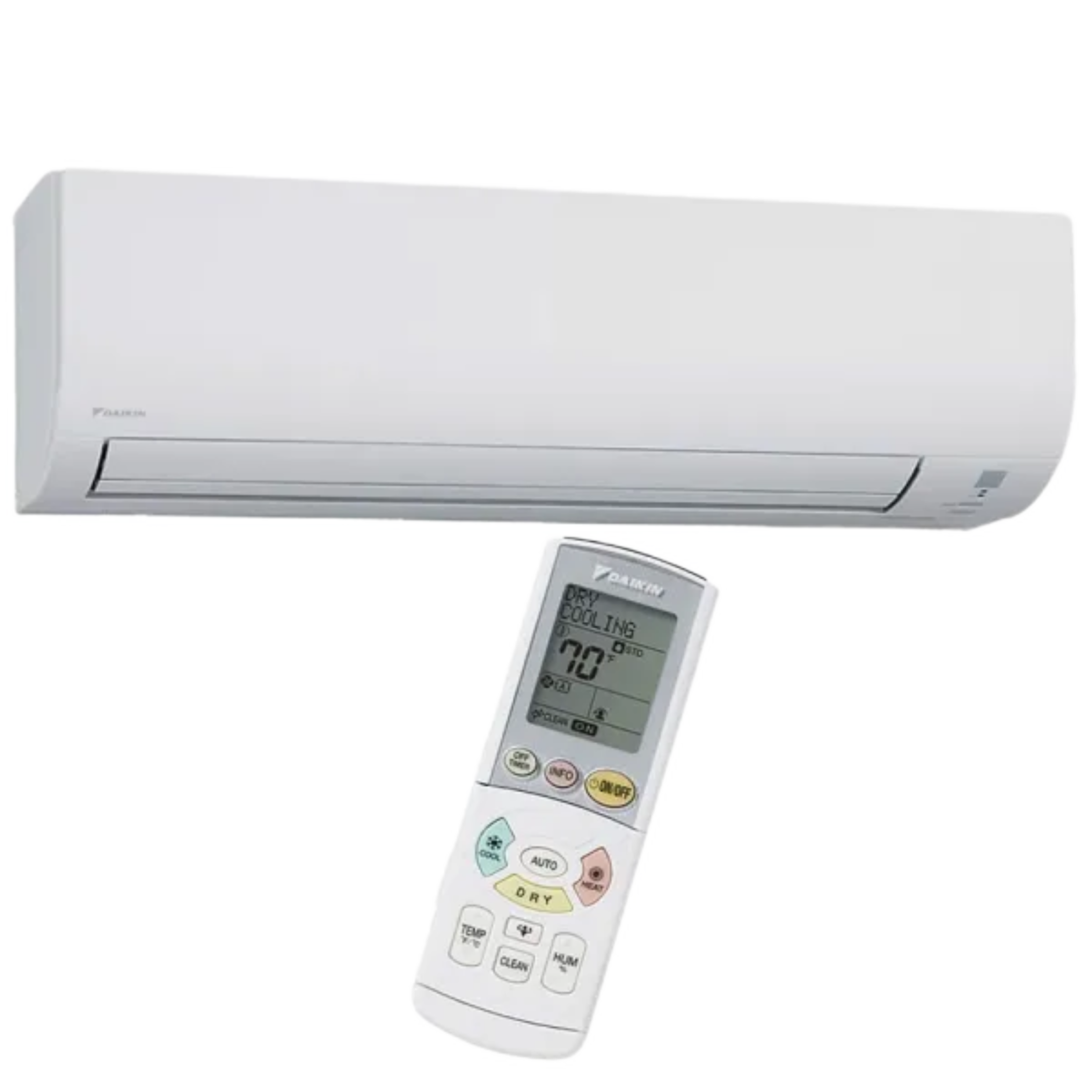When the warm season hits and you eagerly turn on your air conditioner, the last thing you want is to discover that it isn't working correctly. Fret not, because we are here to guide you through the top five most common AC issues and provide you with the troubleshooting wisdom you need. Whether you're a DIY enthusiast or just curious about how things function, this post will be your trusty reference guide.
1. Bad Capacitor: The Most Common Culprit

If your indoor fan is blowing warm air and the outdoor unit isn't running, you may hear a distinct buzzing noise every few seconds, signaling a probable capacitor problem. A bad capacitor can also cause the compressor not to start even when the fan is operating, leading to ineffective cooling.
2. Low on Refrigerant: The Subtle Problem

Low refrigerant levels can be tricky to diagnose and generally require a professional to resolve. Before calling a technician, however, be sure to check if your condenser unit needs cleaning or your furnace filter requires replacing.
DIY Temperature Check:
Take measurements of the temperature difference between the supply and return ducts near the furnace using a probe thermometer. A well-functioning AC system should show a temperature differential between 15 to 20 degrees Fahrenheit. If the difference is significantly less, it might indicate a refrigerant issue or airflow restriction.
3. Plugged Condensate Drain: The Easiest Fix

A telltale pool of water by your indoor unit is often a sign of a clogged condensate drain. This issue can stem from blockages in the drain line, such as debris or algae.
Clearing the Blockage:
Access the PVC pipe or drain hose adjacent to the AC coil above the furnace. Use compressed air to clear the obstruction from the drain line.
4. Bad Control Board: Diagnosing Electronic Failures

Electronic malfunctions can cause erratic behavior, such as simultaneous furnace and AC operation or continuous fan motor activity. Troubleshooting requires a multimeter to check for power inconsistencies. Troubleshoot and confirm if your control board is causing the problem.
5. Bad Condenser Fan Motor: Spotting the Signs

When the compressor is operational but the fan atop your outdoor unit is dormant, it may point toward a faulty condenser fan motor or an associated capacitor issue.
Quick Motor Test:
Attempt to give the fan blade a gentle nudge with a long stick or similar tool; if it spins freely, it might just be stuck. However, if it hardly budges, a motor replacement could be the solution.
Hope this guide brings you closer to a cool and comfortable home. As always, feel free to drop any questions in the comments. Did you know that sometimes the problem isn't as complex as it seems to be? Take the old couple George and his wife, for instance. She frequently complained about their neighbor's supposedly dirty linens, only to find out that their window needed cleaning. The lesson? Always check the simplest solutions first.
Thank you for taking the time to read through this post, and we look forward to assisting you with any further HVAC queries in upcoming blogs!

